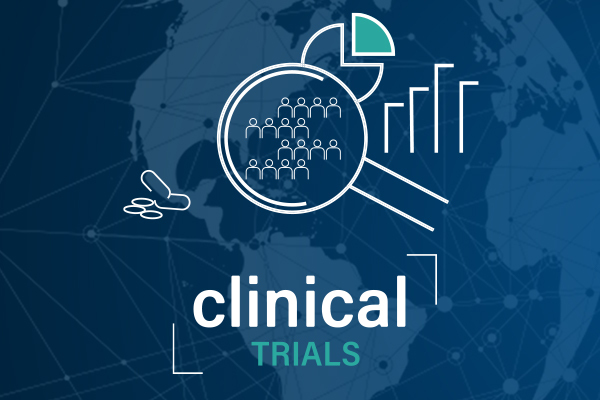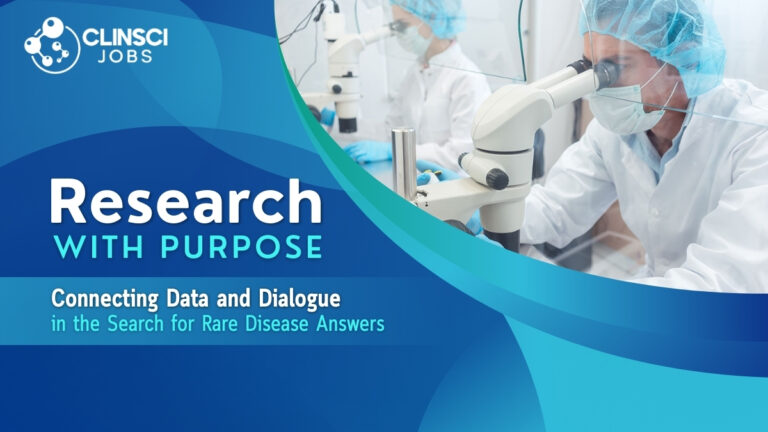Table of contents ▸
Clinical trials are the most active avenues through which new medical treatments are brought alive by research. Biostatisticians generally are behind these trials; their command of statistics makes sure that a trial is well-designed and in place. Their expertise not only drives the scientific rigor of clinical trials but also ensures that the results are trustworthy and applicable to real-world healthcare challenges. Biostatisticians play a pivotal role in transforming innovative ideas into tangible medical advancements that improve lives globally by bridging the gap between raw data and meaningful conclusions.
The work they do would be the very foundation of an evidence-based medicine advancement; hence, they are significant in the success of clinical trials. This blog is looking at the window that biostatisticians open to portray the face of healthcare research-from trial design earlier on-and data analysis-even more so, in the innovative processes shaping the future scope of patient care.
Why Biostatisticians Are Important to Clinical Trials
Clinical trials are known as the basic structure of healthcare research for producing new medications and knowledge in the medical realm. Core to these trials are biostatisticians, whose competence ensures validity and successful completion of these studies. Biostatisticians design, analyze, and interpret data, making them a fundamental part of conducting sound clinical trials that will yield reliable results. By reuniting statistical rigorousness with healthcare purposes, biostatisticians make it possible for trials to yield results that are statistically robust while producing transformational impacts in terms of the practice and understanding of medicine and advancing patient care.
From determining sample sizes to countering bias, biostatisticians set the scene for rigorous science-in-the-making clinical trials. Their efforts ensure health care research is both precise and relevant, allowing researchers to draw meaningful and defensible conclusions
Designing Effective Clinical Trials

Long before a clinical trialS ever becomes underway, biostatisticians perform their part. In the background, research goals are set together with biostatisticians. At this point, they assist the researchers as they determine the appropriate methods of inquiry and statistical models, calculating, for example, sample size to achieve maximum efficiency in power when effect sizes are significant. Such calculations are critical in health research because underpowered trials might be ineffective in discovering proven effective treatments, while trials with too large a size waste resources.
In addition to that, biostatisticians have been primary drivers of designs for randomization that reduce the chances of differences due to random allocation, making the results between the two participant groups comparable. By applying statistical techniques, they produce frameworks through which clinical trials can deliver unbiased and reproducible results. Their expertise extends to selecting the endpoints, such as survival rates or reduction of symptoms; therefore, they also help ascertain that the trial will measure relevant outcomes for the healthcare research objectives.
Healthcare Analysis and Scrutiny of Data Collection
Once Clinical Trials are under way, data are monitored along with the instrument bias and measurement. Using sophisticated statistical tools to analyze interim results, biostatisticians help researchers make decisions about stopping, changing, or continuing the trial. This sorely needed ongoing analysis dominates the health research picture where it accompanies two top priority factors: the safety of patients and the usefulness of the trial. For example, biostatisticians will recognize early signs of trends indicating that a treatment is not effective or even harmful and will take appropriate remedial action.
In the end, biostatisticians analyse the data from a trial and translate complex numbers into interpretable, actionable insights. They will then ascertain the statistical significance and clinical relevance of the results, which aid researchers and regulators in interpretation. Their communication in how the findings are relayed closes the gap between raw data and real life, indicating that biostatisticians form an important part of healthcare research advancement through clinical trials.
Ensuring Compliance and Ethical Standards
Biostatistics will therefore support integrity in a clinical trials. Such agencies include the FDA and EMA, which need statistics to either evaluate or compare the results from the study with other results. The biostatistician helps to apply the statistical rigor needed to meet these standards. The biostatistician prepares a complete statistical analysis plan defining which data would be collected, the methods to be used to analyze and report such data, creating transparency and reproducibility in healthcare research.
In addition, biostatisticians must also live by and train ethics by designing clinical trials that are as safe as possible for treatment in patients. They assess advantages and disadvantages so as to minimize harm and maximize scientific gain from the trials. Their adhering to ethical principles has made clinical trials mesh with protecting patients’ interests while proceeding with discoveries in science. When all data are properly treated and analyzed with care, biostatistics maintains the trust of regulators and the public in much more than just the credibility of healthcare research. Such work maintains the highest levels of integrity, as clinical trials contribute responsibly to medical advancement.
Conclusion
Biostatisticians are the silent warriors of most clinical trials, utilizing statistical knowledge in ways that ensure healthcare research is accurate, ethical, and impactful. It is their making of science, statistics, and ethics work together that positions them as unavoidable leaders in the evolution of healthcare research. From the design of strong trials to resolving complex data, they inspire the results that the development of medicines would eventually generate for patient outcomes. As the clinical trials get larger in magnitude and complexity, so will the need for well-trained biostatisticians increase, making their role sharper into the future in leading healthcare-related research. They make the bridge between science and statistics, thereby paving the way for discoveries that change lives.
Follow us on Social Media: LinkedIn | Facebook | Twitter | Instagram










